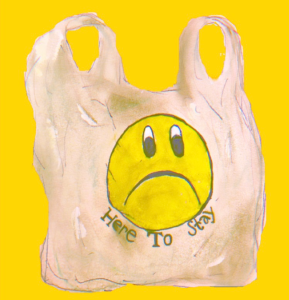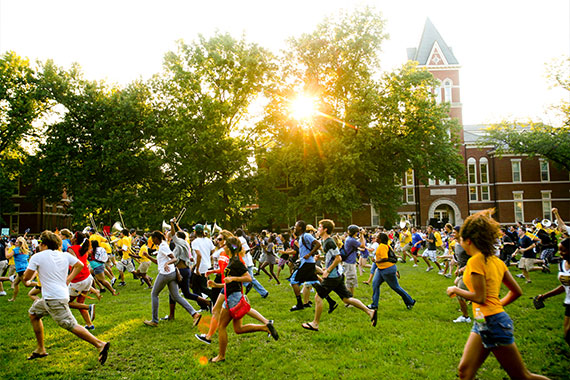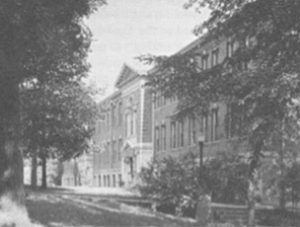
Atrazine: An Issue Needing Action
In Northeastern Missouri, the Mark Twain Lake Watershed covers 2,318 square miles (United States, U.S. Army Corps of Engineers, St. Louis Environmental Water Quality Section - Water Quality). This watershed, shown in Figure 1, provides drinking water, water for crops and livestock, fishing, beaches, and water for boating and canoeing (Missouri Department of Natural Resources).…

A Plan for Plastics
Consumption of plastic and efforts to reduce plastic waste have been a popular topic of the past year. When a video showcasing plastic straw litter went viral, many businesses, such as restaurants and dining chains, stopped providing plastic straws unless by request. Struck by the amount of plastic in the ocean, many took a pause…

The Gay Lib Controversy: Social Change versus Social Norms at the University of Missouri
In 1971, a homosexual student organization known as Gay Liberation or Gay Lib requested and was denied recognition at the University of Missouri-Columbia. For the next seven years, Gay Lib members would work their way through a system of appeals and court cases until they were finally awarded recognition in April 1978. This was not…

From Pioneer Forest to Political Prop: Power Geographies of the Ozark National Scenic Riverways
The whole place was damned from the beginning. Long before becoming a national park, the Ozark National Scenic Riverways (ONSR, Ozark Riverways, or Riverways) has been subject to intense competition and controversy. Located in southeastern Missouri, the boundaries of the ONSR comprise of parts of the Current and Jacks Fork Rivers.

A Tradition of Greatness: The Stories of Three Men at MUs School of Medicine
February 11, 1839 was an historic day for the state of Missouri. In fact, it was an historic day for the country; on this day was founded the first school of medicine west of the Mississippi River. The Missouri government had passed legislation to institute the school at the University of Missouri.

A History of the Maneater
In 1955 when Joel J. Gold, better known at the time as Joe Gold, was approached with the opportunity to become editor of The Maneater, he was unaware of the change he was about to make. He was also unaware of the impact he was about to have on the student body of the University of Missouri-Columbia. He was your average Joe trying to make his way through college.

The Birth of a Union: An Archival History of Missouri’s Memorial Union
It was the year 1915, and many other universities across the country were beginning to establish student unions. Chicago already had its Reynolds Club; Harvard had its Union Building; Peabody College had its Social Building; and Michigan had a union structure that cost nearly a million and a half (Pamphlet in UMC Archives, Memorial Union Vertical File). All of these buildings served a purpose and carried a memorable significance. It was now time for the University of Missouri to create a memorable Student Union to call their own.